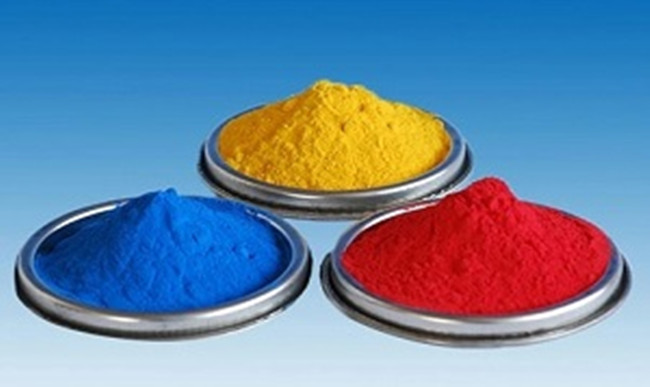The Main Cationic Surfactants Used in The Powder Coating Industry
Apr 22, 2019When producing TGIC (glycidyl isocyanurate), the old process used tetramethyl ammonium chloride as a phase transfer catalyst, while the new process mostly uses benzyl trimethyl ammonium chloride as a phase transfer catalyst. TGIC is a heterocyclic multi epoxy compound with excellent heat resistance, weather resistance, adhesion, and excellent high-temperature performance. Mainly used as a curing agent for powder coatings containing carboxylic polyester and carboxylic acrylic resin. High purity TGIC can be used to manufacture electrical insulation laminates, adhesives, plastic stabilizers, etc.

In addition, some curing agents are used when making epoxy resin powder, and the types of curing agents vary depending on the specific resin. For example, when using mixed resin, 18/16 tertiary amine is used; When making pure resin, triphenyl ethyl phosphonium bromide is used; Some resins also use 99% cetyl trimethyl ammonium bromide as a curing agent. Curing agents mainly play a role in promoting curing, and can also improve impact strength, resist yellowing, increase leveling, etc., so they are widely used in resin powders.
When making low-end potting adhesive, tetrabutyl ammonium bromide and tetraethyl ammonium bromide are often used as curing agents; But high-end potting adhesives will use benzyl triphenyl phosphonium chloride as a curing agent.
In the ordinary coating industry, many water-based modified organic soils are used, and a key raw material for organic soil modification is 30% octadecyl trimethyl ammonium chloride.